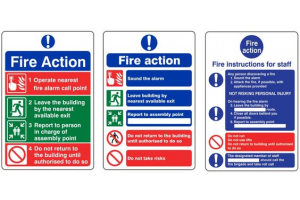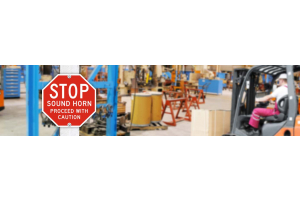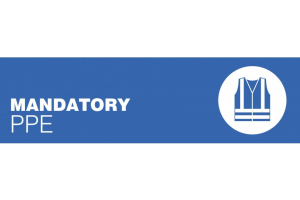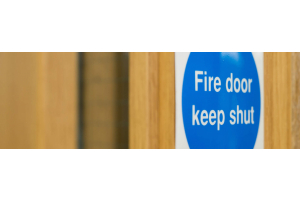
First-aid personnel
Where the first-aid assessment identifies a need for people to be available for rendering first aid, the employer should ensure that they are provided in sufficient numbers and at appropriate locations to enable first aid to be administered without delay should the occasion arise. Where 25 or more people are employed, even in low-hazard environments, at least one such person should be provided. How many first-aiders are needed? The findings of the first-aid needs assessment will help the employer decide how many first-aiders are required. There are no standard rules on exact numbers as employers will need to take into account all the relevant circumstances of their particular workplace. What factors should be considered when selecting someone to be a first-aider? When selecting someone to take up the role of a first-aider, a number of factors need to be taken into account, including an individual’s: reliability, disposition and communication skills; aptitude and ability to absorb new knowledge and learn new skills; ability to cope with stressful and physically demanding emergency procedures; normal duties, which should be such that they may be able to respond immediately and rapidly to an emergency.
First-aid training
Some first-aid training providers choose to operate through voluntary accreditation schemes whose intention is to set and maintain standards in line with HSE requirements. These schemes are not mandatory and employers may decide to choose an independent training organisation, but these bodies may help employers select training organisations that offer a standard of training with appropriate content, suitable trainers and assessors, and relevant and robust quality assurance systems. HSE is not in a position to verify the level of assurance that an employer can assume when a training organisation is a member of these voluntary accreditation schemes, with the exception of those offering ‘regulated qualifications’. Regulated qualifications are nationally recognised and can be obtained from a training centre for an ‘awarding organisation’ (AO).
These AOs are recognised by qualification regulators (Ofqual, SQA or the Welsh Government),* have dedicated policies and quality assurance processes and must approve and monitor their training centres to ensure training meets a certain standard. Regulators stipulate that AOs and their training centres must work in compliance with the Assessment Principles for First Aid Qualifications. Where an employer selects a training provider affiliated to other voluntary accreditation schemes, they will need to be confident that the provider will deliver training with appropriate content (ie content identified as being appropriate within the needs assessment, use suitable trainers and assessors, and has relevant and robust quality assurance systems in place. (Similar quality standards are also expected of all first-aid training providers including non-affiliated, independent first-aid training organisations.) All training providers should be able and prepared to demonstrate how they satisfy these criteria.
Where an employer’s first-aid needs assessment identifies, or an employer chooses to use qualifications other than FAW or EFAW to demonstrate workplace first-aid competence, it will be necessary for an employer to ensure that common elements of the syllabus are taught in accordance with the same guidelines. Where an employer decides to provide this training in-house, they will need to establish that it is appropriate by ensuring that the content reflects the content of the FAW or EFAW qualifications listed in Appendices 5 and 6 and is delivered in accordance with currently accepted standards for first aid. In-house individuals acting as trainers/assessors should have the necessary skills, qualifications and competence expected of those working for an external training provider.
A quality assurance system is needed to ensure that the competence of trainers/assessors is regularly reviewed by competent ‘verifiers’. These systems should be reviewed on an annual basis by a competent person independent of those directly involved in the delivery/assessment of this training. You may find it beneficial to maintain records of training. If you keep training records, they should be retained for a minimum of three years after the assessment process has been completed and any certificates.
There is no requirement for the checks you carry out when choosing a training provider to be formalised or written down, although it may be useful for you to retain a written record. By documenting the checks you have undertaken to confirm the competence of a training organisation, and retaining a record of those checks, you can demonstrate to an HSE or local authority inspector how you selected a training provider.
Certificates
For an individual to demonstrate they have a competence in first aid they will hold a certificate that contains all of the following minimum information: name of training organisation; name of qualification; name of individual; a validity period for three years from date of course completion; an indication that the certificate has been issued for the purposes of complying with the requirements of the Health and Safety (First-Aid) Regulations 1981; a statement that teaching was delivered in accordance with currently accepted first-aid practice; and if the qualification is neither FAW nor EFAW, an outline of the topics covered.
Where an alternative qualification is identified in place of FAW/EFAW in an employer’s needs assessment, the employer will need to seek assurance that the standard of training received and the competence of the organisation which delivered this training meet the necessary criteria as outlined in our guidance.




